PROJECT INFORMATION
Project Title: GoPro Deleted Video Recovery Utility
Project Start Date: 2016/02
Project Completion Date: 2016/06
Field of Science or Technology: Software Engineering and Technology
Purpose of work
To achieve technological advancement for the purpose of creating new or improving existing materials, devices, products or processes.
Experimental Development:
Overcoming Uncertainties, Work Performed, Achievements, and Outcome
We were required to recover deleted files from a flash storage device used in a GoPro video camera. Similar to most file systems, the metadata and pointers are lost after deletion and due to large sizes of video the files are usually fragmented. Due to the proprietary nature of the video format, we had to reverse engineer the video format and then devise a method of accurately extracting the deleted video file. It was unknown whether it was possible to decipher the video stream headers and content since manufacturers were developing more sophisticated ways of encoding video for enhanced speed, features and compression. We have also found that some video formats that lack obvious stream headers (other than the initial header) – these are likely simpler video formats without the ability to resync if compression fails due to data errors.
We analysed a number of good GoPro files in order to determine whether there were obvious video stream headers or any other overhead that wrapped the various chunks of video data. After analysing the binary data of the files, we were able to identify repetitive headers within the file that had similar structures. We then attempted to break down the structure in to the various components describing the following video stream. We were eventually able to separate one of the most important values in the structures for recovery. Using these values, we were able to deduce fragment sequences by first scanning the file system for any fragments containing a stream header. We then logged this fragment’s location, the position of the first header relative to the beginning of the fragment and also the last header relative to the end. In some cases, it was difficult to determine the actual start and/or end of the fragment so at times we forced to manually determine the starting boundary. After all valid video fragments on the volume were logged, we then attempted to pair up fragments with their following fragments. We did this by first taking a fragment containing the principle header signifying the first fragment of the video file. Then by using the distance between the last header to the end of the fragment and knowing the stream size, we could calculate the size of the remaining part of the stream. We then searched the scan log for a fragment that contained an entry equal to this value. If this value did not occur more than once in the log, it was very likely that it was a match. We iterated through each following fragment using the same procedure until the end of file was reached. This was continued with all other file fragments containing principle headers until all possible files were reconstructed.
We successfully recovered the deleted files and were able to add this format to our list of recoverable deleted video files.







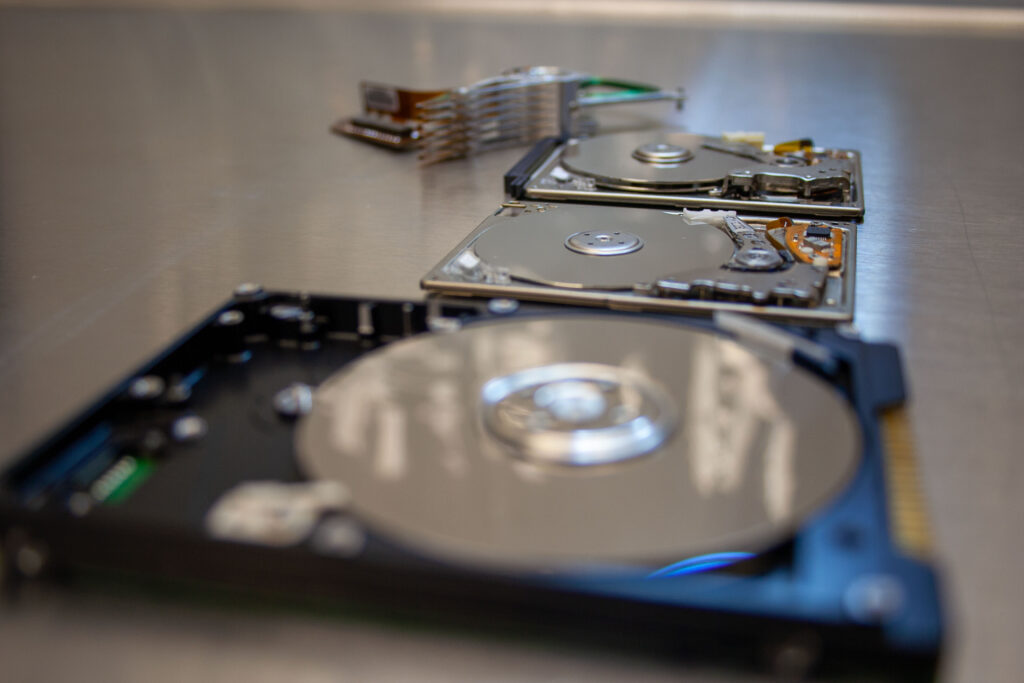
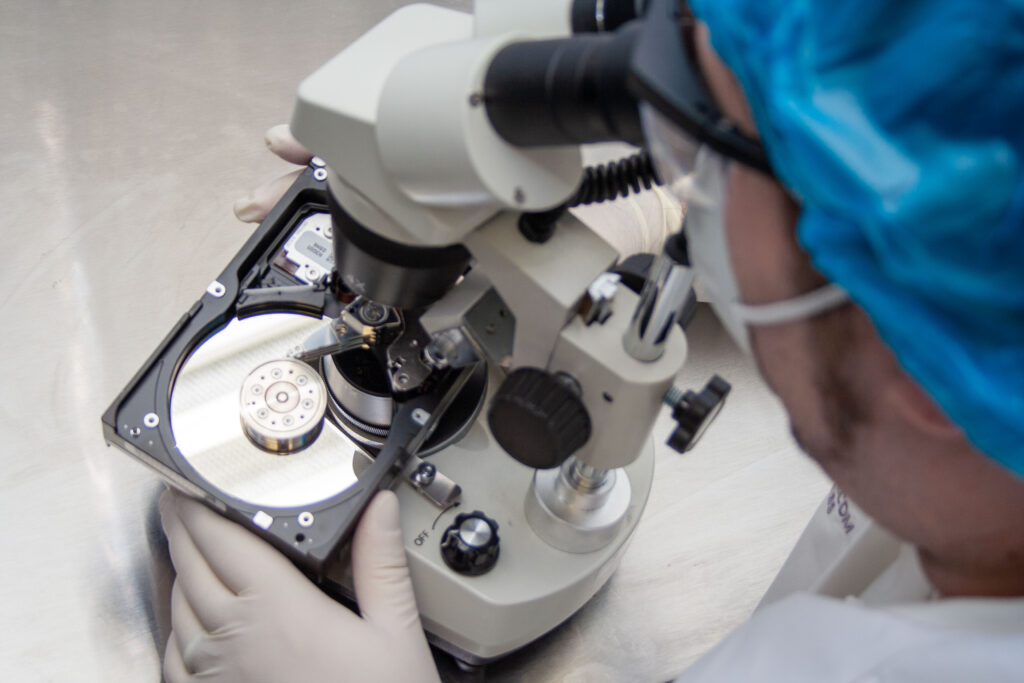
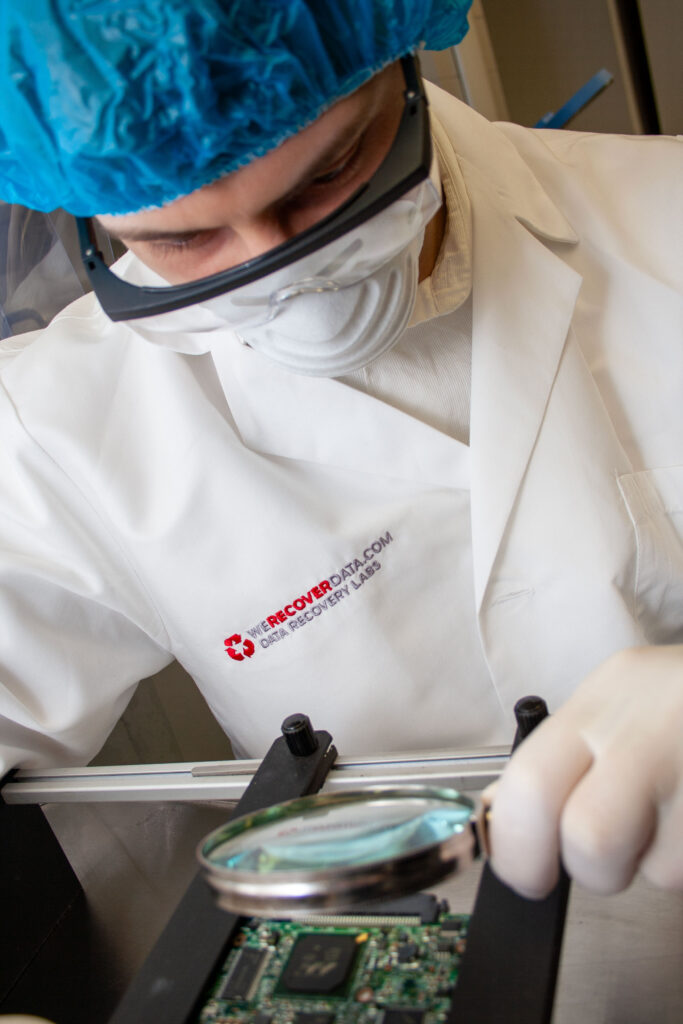
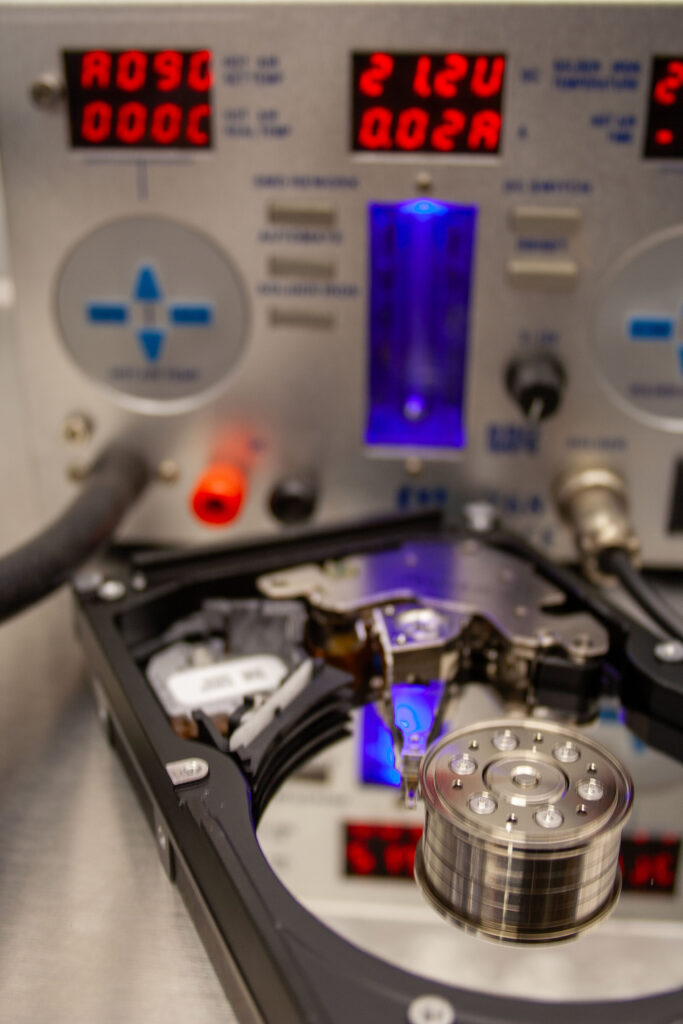

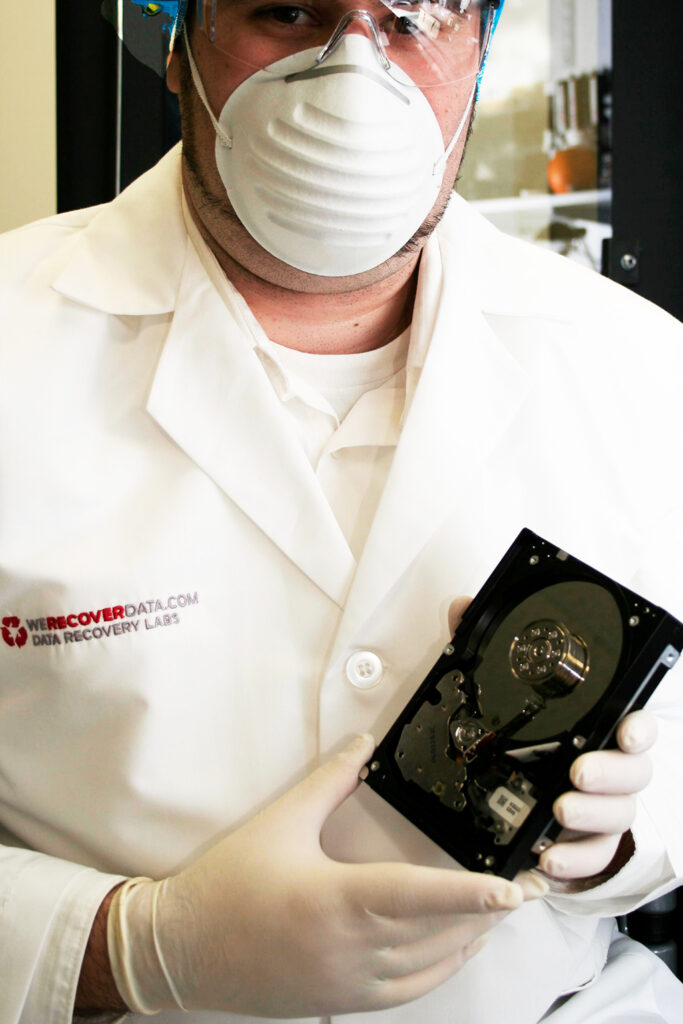
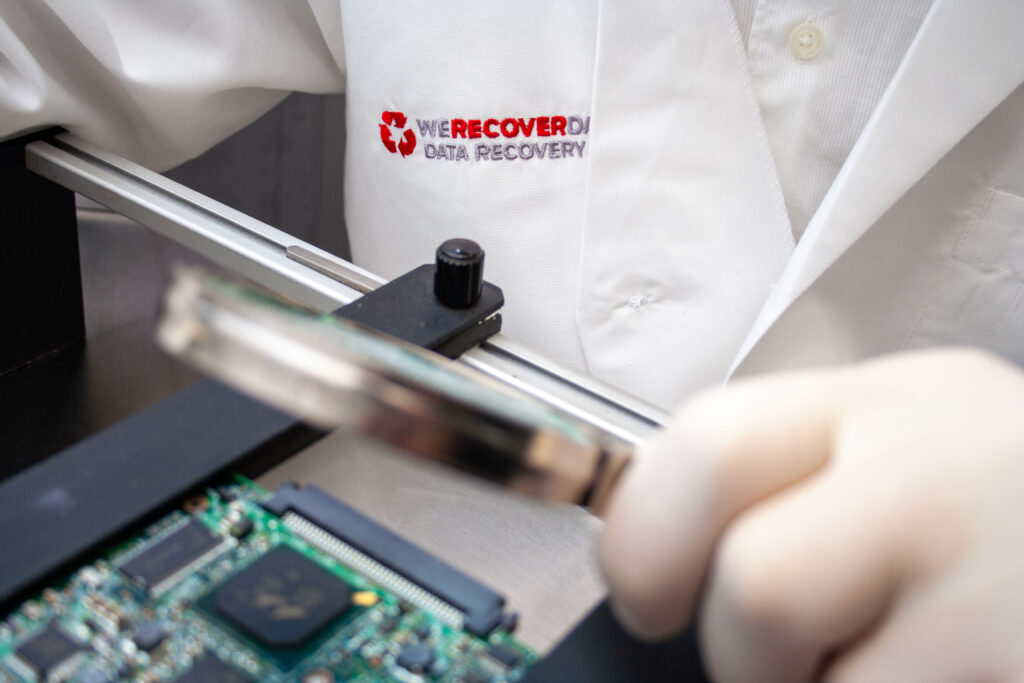
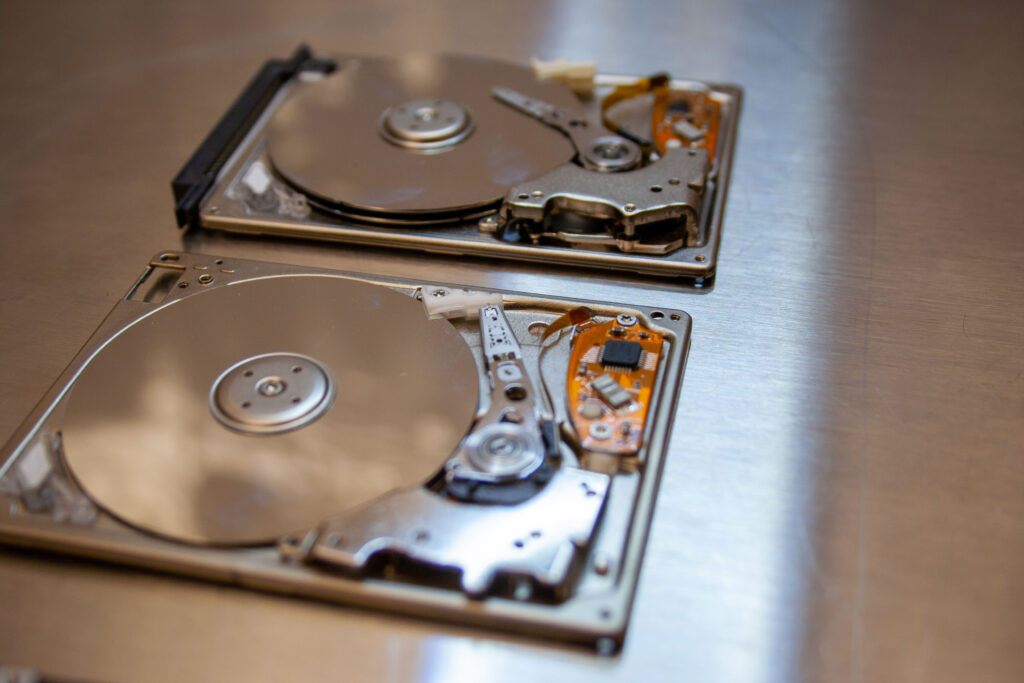















Great company!
I think it is the best company in the world regarding data recovery. They take all types of recovery cases with great responsibility and ensure they work with the best possible solution for your specific case. I highly recommend it.
Superb effort
Superb effort from werecoverdata. I had no idea how to fix it when I faced a horrible problem with my RAID NAS. But they solved it very quickly and superbly. I recommend them!
Fantastic results
Thanks to all staff of werecoverdata for excellent work and for getting my company data back! I got frustrated when a deadly drop damaged my hard drive. But they solved it!
Thanks
Few days ago my raid server is crashed dangerously. It was not starting any more. I tried in a various way whatever I know but I could not fix it. My uncle told me about WeRecoverdata. Then contact with them and they repaired it. Thank you guys.
Recover service
Those are suffering bad experience of getting a reliable and professional recovery service provider, definitely, they can choose werecoverdata. I highly recommend it.
Thanks a lot
The location is a bit hard to find out but eventually, I did. They recovered my hard drive, which was mostly dead. Thanks a lot.
Great response
Definitely weRecover team is great to solve that kind of hard drive problem. Great response and remarkable. They recovered my all data successfully within short time. I wanna give special thank to David. Thanks a lot man.
Liked Your Service
I have been using my HP laptop since 2016. Few months ago I could not open my laptop. After pressing the power button its showing nothing. My friend told me about that company. They recovered my laptop. Now its working perfectly. Thanks a lot WeRecoverData.
Pretty good experience
It was really pretty good experience. They are so professional, punctual and reliable. I strongly recommend it.
Remarkable Work
A lot of thanks to werecoverdata. You did really remarkable work. I was frustrated when lost my important data from a hard drive. I sent my hard drive to WRD then they got all the data back. At first, I couldn’t believe anyone can recover it since my computer tech said he can’t do it. All credit goes to werecoverdata.
Gorgeous service
Fantastic service from all the guys at werecoverdata. I was having pressure when corrupted data from my hard drive .Then I went there and they fixed it superbly.Thanks for removing the pressure!
Extremely well
I faced horrible problem but they solved it extremely well.My problem was that hard drive crashed dangerously.At this moment I thought the sky was broken on my head.Thank you for that.
Sensible
Thanks to WeRecoverData. You fixed the hard drive problem promptly. I am impressed… Anybody can rely on werecoverdata.
Well done
Thank you
Great work
Obviously great work from werecoverdata.Definitely no doubt about this company because they take seriously to solve any kinds of problem.I have lot of assurance at them.A lot of thanks to them.
Fantastic work
Oh Tom really fantastic work. You saved my important days. Raid 5 server damaged dangerously few days ago. But you fixed it well. Thank you for that!
Great efforts
All credits goes to werecoverdata for recovering raid server.I thought impossible to repair it but they was taken sensible and fixed it.Now I can fully trust on werecoverdata.All thanks to them.
Helpful Work
Werecoverdata, you did a really very helpful work.I was angry when my hard drive got dropped from my mistakes. I recommend the company and give a lot of thanks to werecoverdata.
Best service
After my hard drive crashed I was going to be totally mad. One of mu cousin suggested me to meet that company. I did and got the best service ever I had.
Remarkable Job
AWESOME service from WeRecoverData. I was almost mad when my pc crashed. A lot of valuable data in my hard drive. One of my friend recommend it. I thought it will not be possible.
But after all I got back my all data. Thank You WeRecoverData.